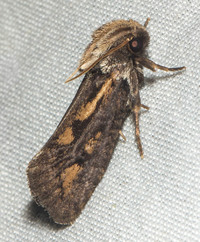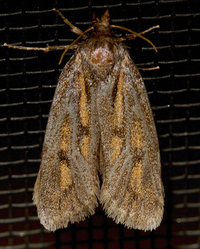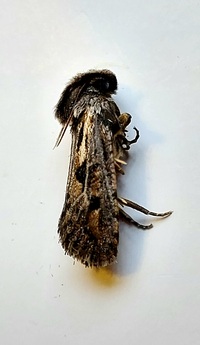
| Recorded by: Mark Basinger on 2025-09-06
Brunswick Co.
Comment: | 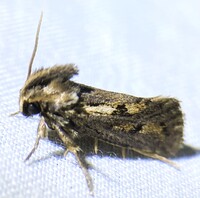
| Recorded by: Dean Furbish and Joy Wiggins on 2025-09-02
Wake Co.
Comment: |
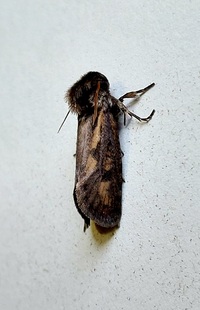
| Recorded by: Mark Basinger on 2025-09-01
Rowan Co.
Comment: | 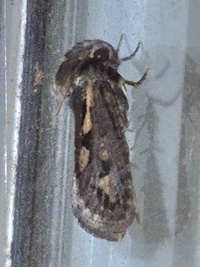
| Recorded by: Michael P Morales on 2025-08-28
Cumberland Co.
Comment: |

| Recorded by: Michael P Morales on 2025-08-28
Cumberland Co.
Comment: | 
| Recorded by: Dean Furbish on 2025-08-25
Wake Co.
Comment: |
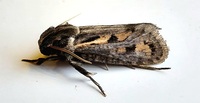
| Recorded by: Mark Basinger on 2025-08-22
Brunswick Co.
Comment: | 
| Recorded by: Mark Basinger on 2025-08-22
Brunswick Co.
Comment: |
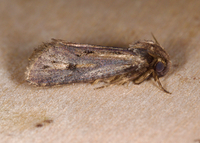
| Recorded by: Jim Petranka, Marilyn Westphal and Becky Elkin. on 2025-08-17
Henderson Co.
Comment: | 
| Recorded by: Dean Furbish on 2025-08-16
Orange Co.
Comment: |
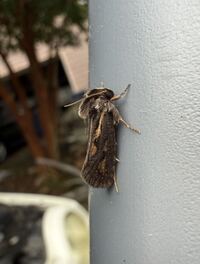
| Recorded by: Chelci H. on 2025-08-12
Lincoln Co.
Comment: | 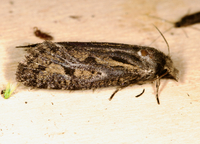
| Recorded by: Jim Petranka, Becky Elkin and Marilyn Westphal. on 2025-08-09
Henderson Co.
Comment: |
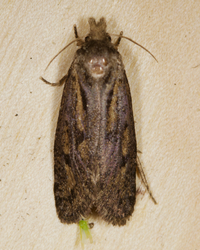
| Recorded by: Jim Petranka, Becky Elkin and Marilyn Westphal. on 2025-08-09
Henderson Co.
Comment: | 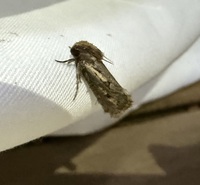
| Recorded by: Marilyn Westphal on 2025-08-09
Henderson Co.
Comment: |

| Recorded by: Ken Kneidel on 2025-08-02
Mecklenburg Co.
Comment: | 
| Recorded by: Emily Stanley on 2025-07-29
Buncombe Co.
Comment: |
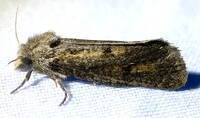
| Recorded by: Dean Furbish on 2025-07-03
Wake Co.
Comment: | 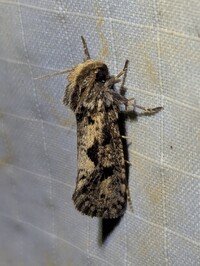
| Recorded by: Melody McMichael on 2025-06-26
Forsyth Co.
Comment: |

| Recorded by: Mark Basinger on 2025-06-19
Brunswick Co.
Comment: | 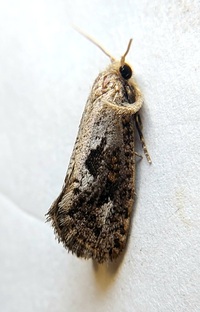
| Recorded by: Mark Basinger on 2025-06-19
Brunswick Co.
Comment: |

| Recorded by: Mark Basinger on 2025-06-02
Brunswick Co.
Comment: Atypical and possibly an undescribed species. | 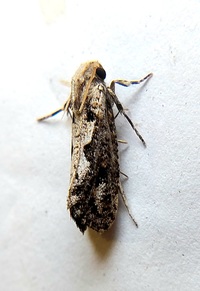
| Recorded by: Mark Basinger on 2025-06-02
Brunswick Co.
Comment: |
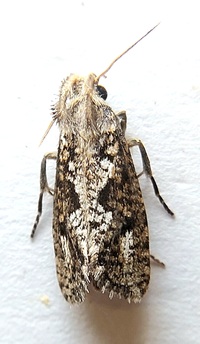
| Recorded by: Mark Basinger on 2025-05-30
Brunswick Co.
Comment: Atypical and possibly an undescribed species. | 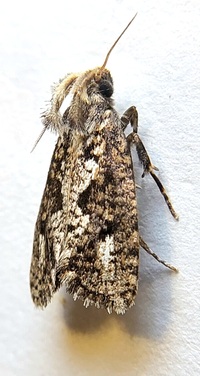
| Recorded by: Mark Basinger on 2025-05-30
Brunswick Co.
Comment: |
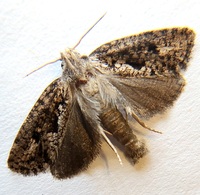
| Recorded by: Mark Basinger on 2025-05-30
Brunswick Co.
Comment: | 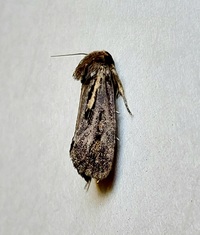
| Recorded by: Mark Basinger on 2024-09-14
Brunswick Co.
Comment: |

| Recorded by: Mark Basinger on 2024-09-01
Brunswick Co.
Comment: | 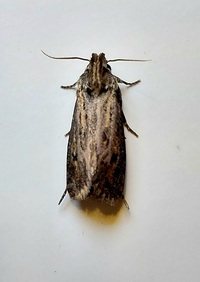
| Recorded by: Mark Basinger on 2024-08-31
Brunswick Co.
Comment: |
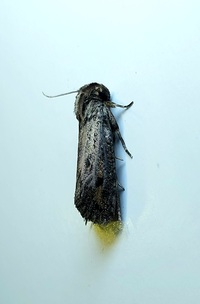
| Recorded by: Mark Basinger on 2024-08-31
Brunswick Co.
Comment: | 
| Recorded by: Lenny Lampel on 2024-08-29
Union Co.
Comment: |
|

 »
»